Announced in April, the Xperia 1 III is Sony’s latest flagship phone. Sony puts a lot of emphasis on the device’s imaging capabilities but with a Snapdragon 888 chipset, 6.5-inch 4K OLED display and 12GB of RAM the Xperia offers top-end specs all around. Content creators will also appreciate the microSD slot that can deal with cards of up to 1TB in capacity, as well as the dedicated shutter button.
The rear camera uses a 12 MP sensor in the primary module, next to a 12 MP ultra-wide with a 16mm equivalent focal length. The tele module uses a fairly unique design that allows the phone to switch between a 70 and 105mm lens with f/2.3 and f/2.8 apertures, respectively. In video mode, you can record clips in 4K resolution and a range of frame rates from 24fps for a cinema-like look all the way up to 120fps for slow-motion effects. Let’s see how the Sony Xperia 1 III fared in our DXOMARK Camera tests.
Key camera specifications:
- Primary: 12 MP 1/1,7″ sensor, 24mm equivalent f/1.7-aperture lens
- Ultra-wide: 12 MP 1/2.5″ sensor, 16mm equivalent f/2.2-aperture
- Tele: 12 MP 1/2.9″ sensor, 70/105mm equivalent, f/2.3/2.8-aperture
- LED-flash
- Video: 4K at 24/30/60/120 fps
About DXOMARK Camera tests: For scoring and analysis in our smartphone camera reviews, DXOMARK engineers capture and evaluate over 3000 test images and more than 2.5 hours of video both in controlled lab environments and in natural indoor and outdoor scenes, using the camera’s default settings. This article is designed to highlight the most important results of our testing. For more information about the DXOMARK Camera test protocol, click here. More details on how we score smartphone cameras are available here.
Test summary
Scoring
Sub-scores and attributes included in the calculations of the global score.
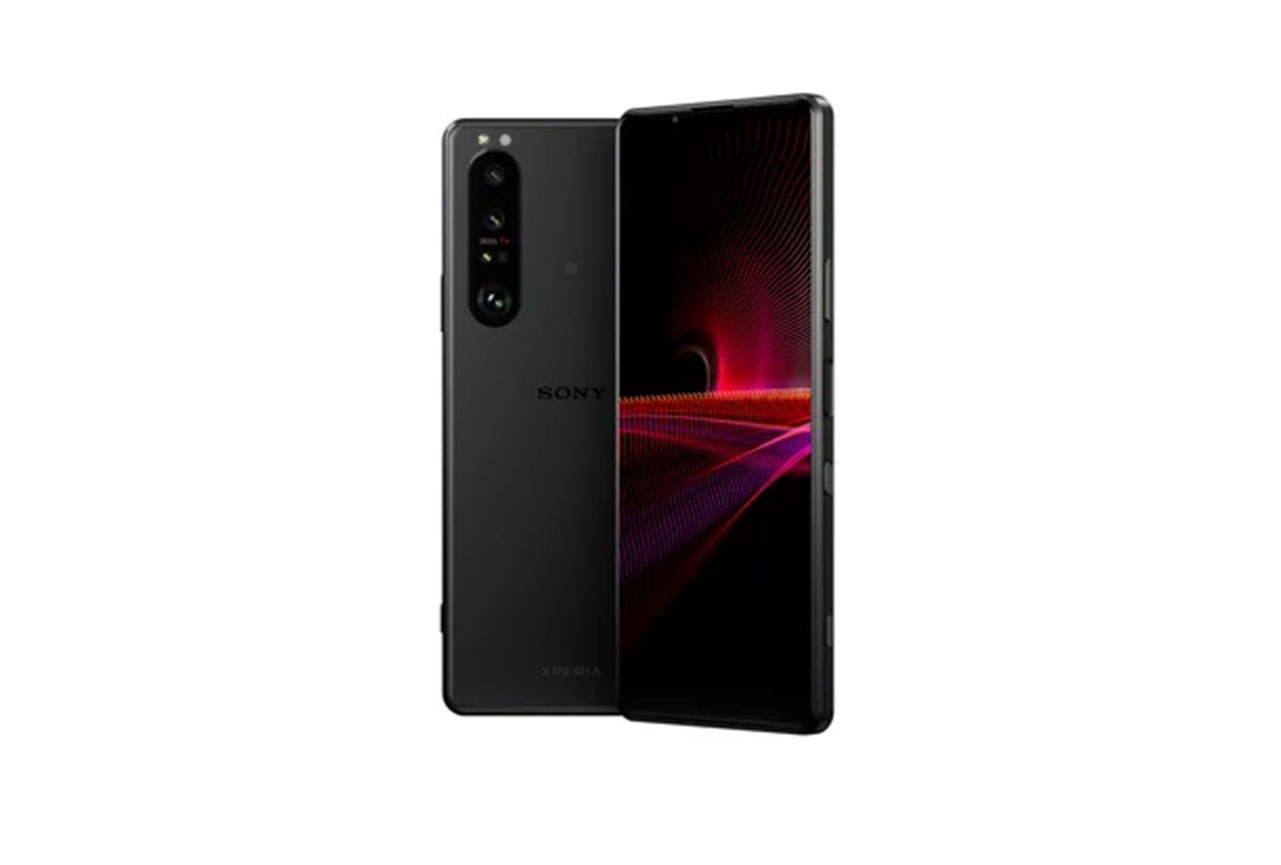
Sony Xperia 1 III


Use cases & Conditions
Use case scores indicate the product performance in specific situations. They are not included in the overall score calculations.
Outdoor
Photos & videos shot in bright light conditions (≥1000 lux)
Indoor
Photos & videos shot in good lighting conditions (≥100lux)
Lowlight
Photos & videos shot in low lighting conditions (<100 lux)
Friends & Family
Portrait and group photo & videos
Pros
- Good exposure on primary camera
- Consistent white balance across consecutive shots
- Preview image close to final capture
- Smooth exposure transitions and nice color in bright light video
- Low noise in bright light and indoor video
Cons
- Limited dynamic range results in highlight clipping in photo and video
- Slight noise in all conditions
- Autofocus failures and inconsistencies across consecutive shots and in video
- Lack of fine detail
- Fusion artifacts
- Inconsistent exposure on ultra-wide camera, underexposure on medium and long range tele shots
- Inaccurate skin tones in indoor and low light videos
- Noise and lack of detail in low light video
With a DXOMARK Camera score of 115, the Sony Xperia 1 III places itself in the lower ranks of all the Ultra Premium devices we have tested, but thanks to a better tele zoom, the Xperia 1 III is a slight improvement over its predecessor, the Xperia 1 II.
Photos captured with the Sony show natural color and are well exposed, but a lack of dynamic range means that in high-contrast scenes highlight areas are often clipped. The autofocus performed well in the lab, but we found it to be slightly inconsistent across consecutive shots, with instabilities and some AF failures.
The level of detail is generally low compared to its flagship rivals, with very fine detail being lost. A slight luminance noise is noticeable in most conditions as well and fusion artifacts can result in blurry areas in the frame.
In bokeh mode, depth estimation is mostly accurate, but some errors can be visible under closer inspection. Detail is pretty good and spotlights in the background are rendered nicely.
The preview image on the display is very close to the final capture in terms of exposure and dynamic range, giving you a good idea of what to expect when you press the shutter button.
When using the Sony’s tele zoom, our testers often observed underexposed images at medium and long-range settings. On the ultra-wide camera, exposure can be unstable across consecutive shots when shooting in bright light or under typical indoor light conditions.
Video clips recorded on the Sony Sony Xperia 1 III are nicely exposed in bright light but, like for stills, dynamic range is fairly limited. Color rendering is quite accurate in bright light, but color casts make an appearance in indoor and low-light videos. Skin tones especially are rendered inaccurately in dim conditions. Compared to other flagship phones, the video autofocus is more unstable and detail is lost in indoor and low-light recordings.
Samsung Galaxy S21 Ultra 5G (Snapdragon),
In this video comparison to the predecessor Xperia 1 II we can see that the new model’s stabilization has improved. Both camera motion and frameshifts are more noticeable on the Xperia 1 II than on the III. On the other hand the Xperia II does a better job in terms of autofocus. The sample clip from the new phone shows several instances of refocusing.


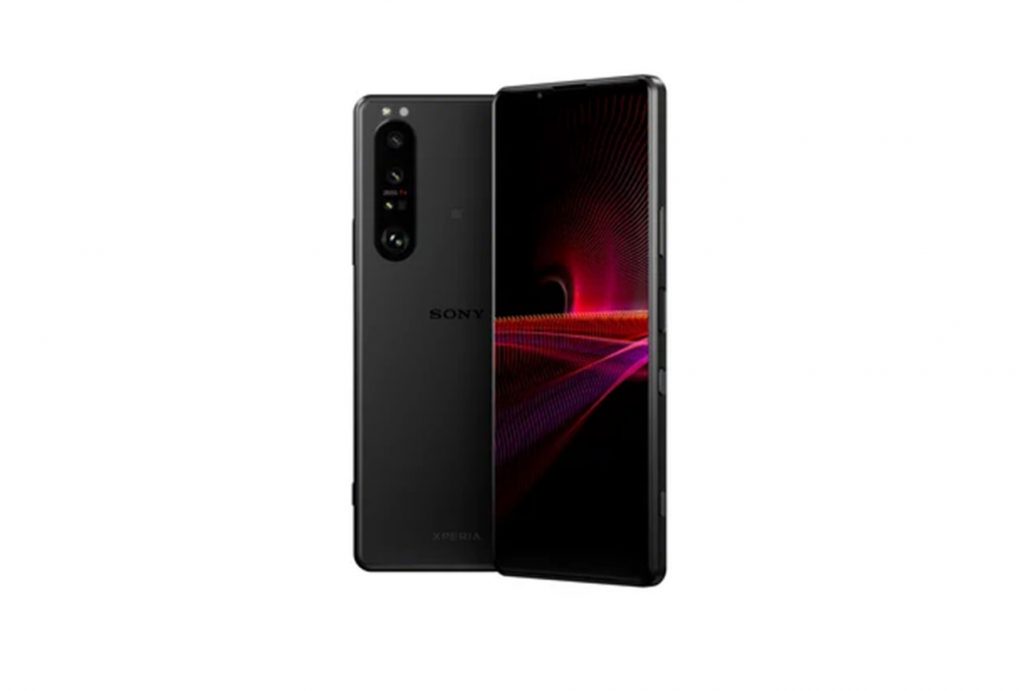



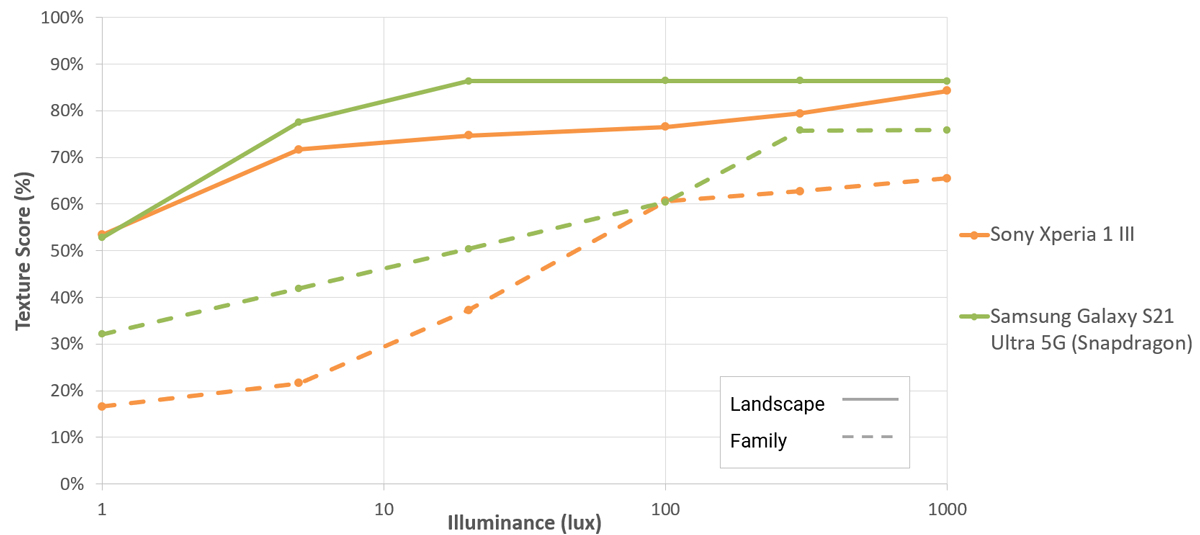

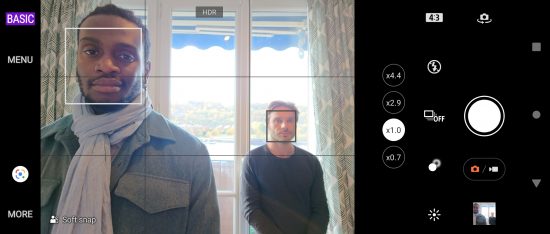

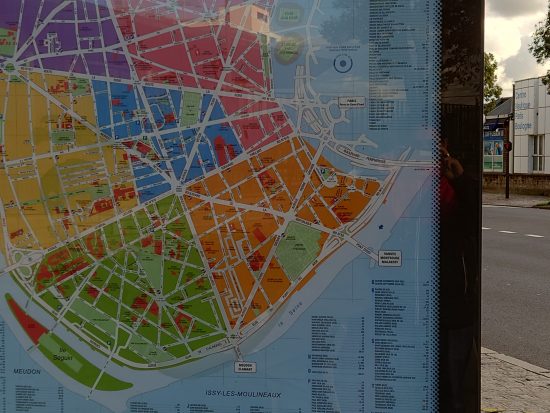
DXOMARK encourages its readers to share comments on the articles. To read or post comments, Disqus cookies are required. Change your Cookies Preferences and read more about our Comment Policy.